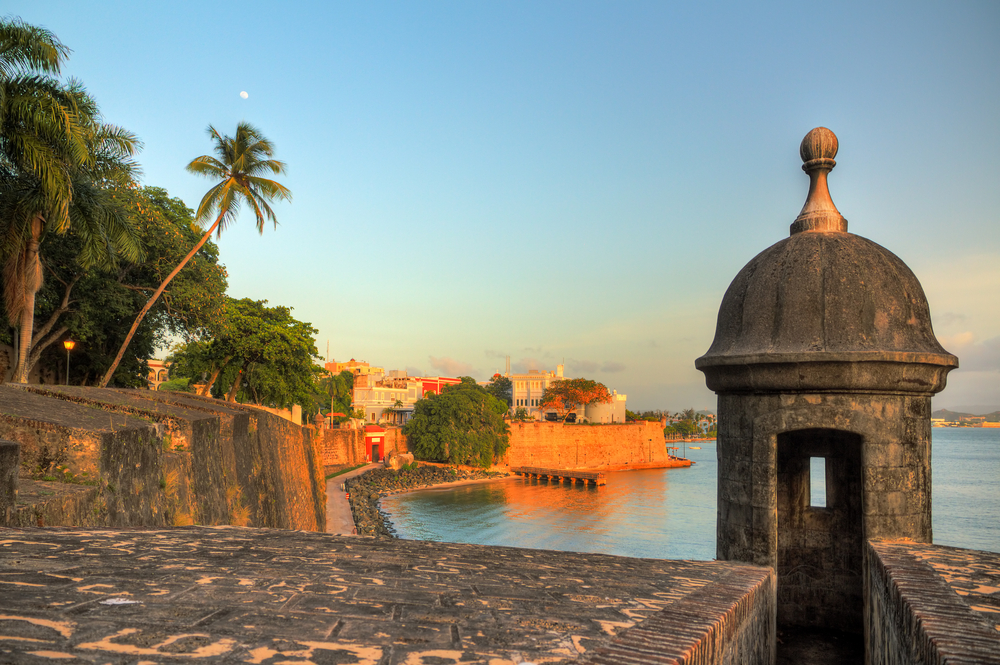Here’s a quick list of 10 tips to help you keep your camera safe while on holiday so you can enjoy yourself and not worry about your photography kit.
1. Make A Checklist
Before you leave for the airport make a list of all the equipment you’re taking with you, writing down the serial and model numbers, too. It’ll also help if you take photos of your equipment for your records.
2. Check Your Insurance
Make sure you have the right insurance just in case your equipment’s stolen or damaged. If you’re unsure if your equipment’s covered, read your policy or ring your insurer.
3. Put Your Equipment In Your Hand-Luggage
Camera gear is fragile so don’t pack it in the case you plan on checking in at the airport. If you do, you run the risk of equipment getting damaged. Do remember to check the size and weight restrictions on luggage with the company you’re travelling with as airlines tend to have different rules/restrictions when it comes to luggage you can carry-on.
4. Don’t Take Trips On Your Own
If you’re planning a few day trips don’t go alone. That way, when you’re framing up your shot, your ‘buddy’ can watch your camera bag and any other equipment you have.
5. What’s Your Bag Look Like?
Don’t use a bag that screams: “Look! I have a very expensive camera in here.”
6. Don’t Put Your Bag Down
Even when you’re taking a photo don’t leave your bag on the floor and never leave it unattended. When you’re in busy locations such as markets, carry the bag on your front as if it’s on your back, there is the chance that someone could access it without you knowing. You may think you look a little silly but that’s better than finding all of your gear’s gone.
7. Carry Spare Memory Cards
Don’t just take one memory card with you as if it’s stolen or lost that’s it. Always carry a spare in your bag and keep one locked away in your hotel room too, just in case.
8. Try To Fit In
Having confidence and looking like you know where you’re going (even if you don’t) will mean you’re less likely to be bothered. Try to blend in rather than stand out as a tourist.
9. Put Your Equipment In A Net
You can buy safety nets which you place your equipment in and then you fasten the net to a solid object that’s fastened down.
10. Use A Safe
Most rooms have safes that will fit memory cards, chargers, a smartphone or a small DSLR body in. If you have lots of kit or there’s no safe in your room, ask at reception to see if they have them available at the desk. Just make sure you make a note of everything you hand over and take images so you have proof if anything goes missing.



